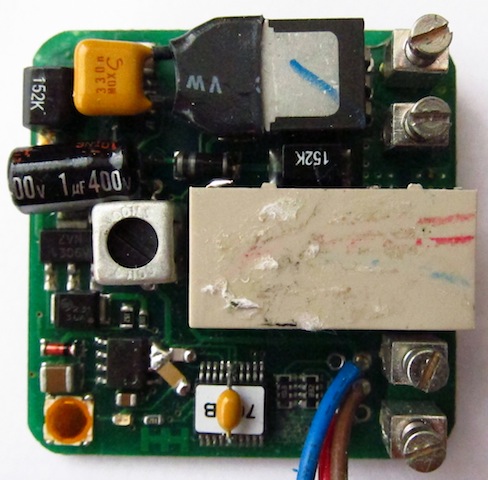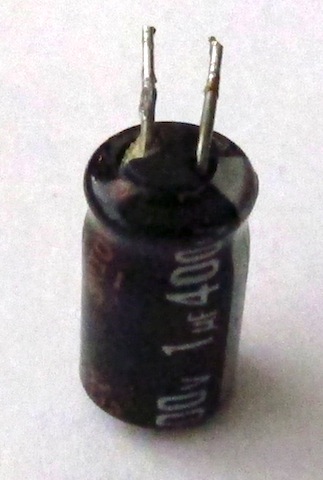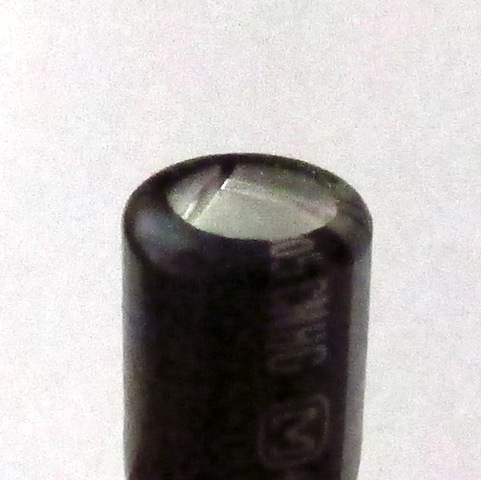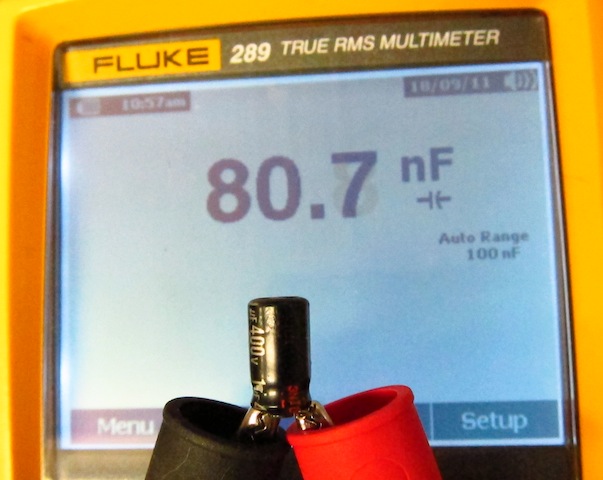As I posted earlier, Xanura modules don't last very long. At the worst years, I had a drop-out of 20% of my modules. At that time, that was compensated by Eaton's very liberal replacement policy. Now the worst modules have been replaced and the new ones don't seem to break that easily, but things are still breaking down in my installation, so I decided to investigate.
When taking out the module, I notice some local discoloration of the plastic on most of the modules, indicating long term heating. Got to wonder how much energy they consume in order to get that warm and how you can every save energy by using these...
The internals of the module look like this:

- Internals of a SAIX module
- Module internals.JPG (78.14 KiB) Viewed 20906 times
The discolored area of the casing covers the top-left quadrant. In this area, there's a capacitor of 1uF/400v. This capacitor is a vital part of the module's power supply and it's a well known fact that capacitor dry out when exposed to heat for a long time. Tere have also been reports of poor batches supplied by manufacturers.
A closed inspection of the bottom of the capacitor shows that it has been leaking some electrolyte:

- Capacitor bottom.JPG (45.65 KiB) Viewed 20906 times
When looking closely at the top, you can see it is bulging up a little:

- Capacitor top.JPG (65.05 KiB) Viewed 20906 times
Verifying the capacitor's actual capacity confirms it being defective:

- Capacitor degraded capacity
- Capacitor capacity.JPG (71.21 KiB) Viewed 20906 times
Where it's capacity should be 1000nF, all that is left is 80nF.
But the proof of the pudding is in the eating, so I replaced it with a new capacitor (
nl.farnell.com/jsp/search/productdetail ... ku=9693319) and tested it out: The module is now fully functional again!
When replacing this capacitor, make sure you pick one rated for a temperature up to 105 degrees Celsius.
So far I have repaired 2 modules this way. Three others are a bit harder to take out, but I think I can repair them this way too. Hopefully this helps others to give their modules a longer life span.





